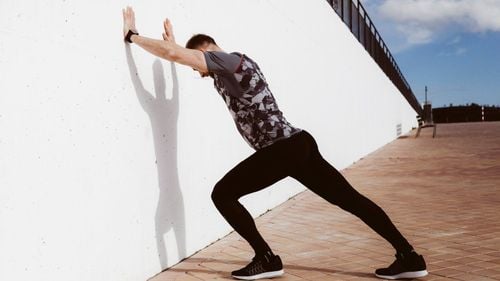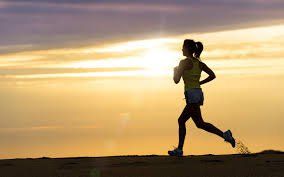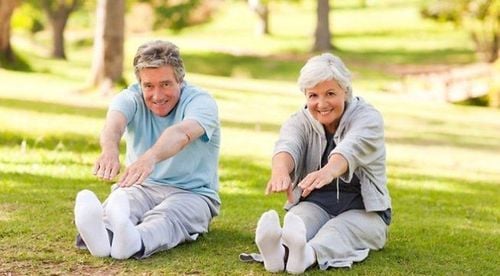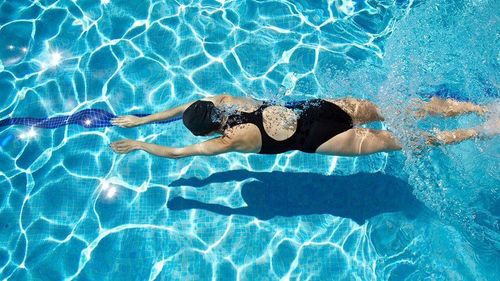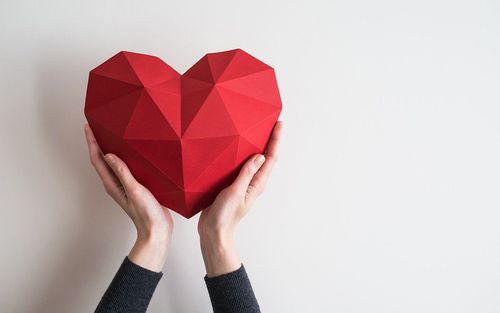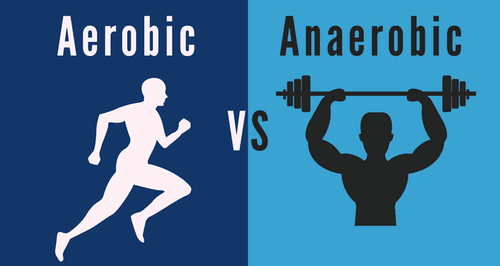This is an automatically translated article.
You already know that regular exercise or strength training is good for your health. A plethora of studies have documented the health benefits of exercise. The following article will help you better understand why you need to exercise and choose the right training plan for you.1. Physical activity - why is it good for you?
You already know that exercise is good for you. What you may not know is just how good - or exactly what qualifies for exercise. That's what this issue of Health Letter is all about. The notion that physical activity helps keep us healthy is actually very old news. Hippocrates wrote about the dangers of too little activity (and too much food). Tai chi - a practice system of lithe movements that originated in China, dates back to the 12th century BC. Yoga originated in India much further back.Old ideas are not all good, or there is a lot of evidence to back them up. Many are observational, always making it difficult to show associations (people who exercise have health benefits) but not evidence of cause and effect (exercise itself makes these health problems). the person is healthy). But after adjusting for statistics, these studies show that the link between exercise and health is more than just an association. In addition, results from randomized clinical trials, often considered causal, also show that exercise makes people healthier.
We are used to exercise to fight heart attacks . The American Heart Association issued its first set of exercise guidelines in 1972. And it's not hard to see why exercise helps your heart rate. If you're physically active, your heart is trained to beat slower and harder, so it needs less oxygen to function properly; your arteries become more elastic, so they push your blood a better way; and the level of "good" HDL cholesterol in your blood increases.
It's also not surprising that physical activity helps prevent type 1 and type 2 diabetes. Muscles that are used to working are more receptive to insulin, or the hormone that guides blood sugar into the cells, so in the right people, blood sugar levels won't be high.
But exercise like a soldier in the fight against cancer? It seems to be, and in some ways: the breast, the colon, the endometrium, perhaps the ovary. The impact of physical activity on preventing breast cancer may be stronger after menopause than before, although some studies suggest that it takes a lot to make a difference: 4 to 7 moderate to vigorous hours of activity a week. Three studies have found that if you have colon or breast cancer, being physically active reduces your risk of the disease coming back.
Moving the body definitely helps the brain. Some studies have found that exercise can reduce symptoms of depression, and it changes the brain in ways similar to antidepressants. In old age, physical activity can delay cognitive decline into dementia, and even once that does begin, exercise can improve some aspects of thinking .
In this day and age, most people shy away from physical activity. And most of the evidence suggests that choosing the type of activity is much less important than whether or not it should work. About half of American adults don't meet one of the most cited guidelines, which requires at least 30 minutes of moderate-intensity activity (brisk walking pace) most days of the week - and you can accumulate that total in 10 to 15 minute increments. In the US, about a quarter of American adults say they don't spend their free time on pursuits.
A parallel study found that about half of the differences in physical activity between people are due to genetics. And researchers are working to identify specific genes that may affect how we respond to physical activity. For example, they have identified several genes responsible for the variation of beta-agonist receptors in the lungs. How your lungs and heart respond to strenuous exercise depends in part on those receptors.
Many factors affect exercise such as: Family, neighborhood, cultural attitudes, historical background. Not surprisingly, research has shown that hyperactive children are more likely to have parents who encourage them in that way. Parents' perception of how active they are also seems to be important. The safety and layout of the residential area is an important factor, especially for children. In a dangerous place, leaving children at home and watching TV instead of going to the park may be a healthier choice because it is safer.
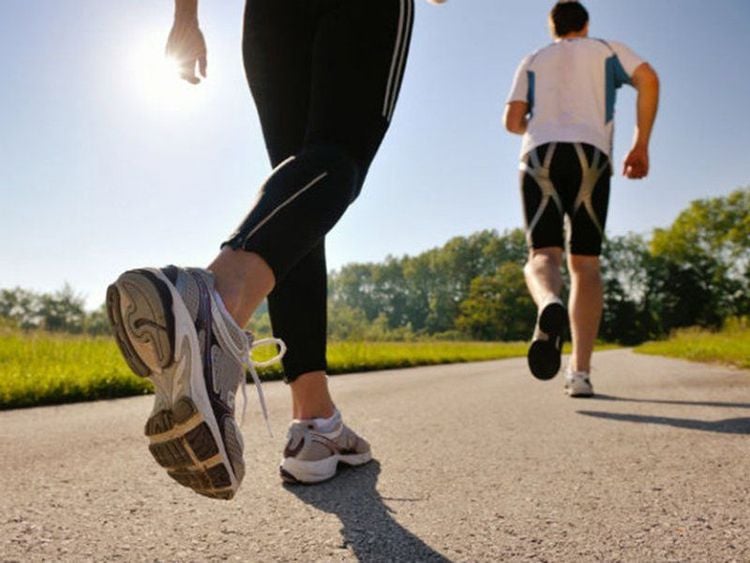
Hoạt động thể chất giúp rèn luyện sức khỏe cho con người
2. What are the benefits of physical activity for you?
Benefits to your body:Regulates blood pressure and reduces the risk of heart attack Increases good cholesterol Improves blood circulation Controls weight Prevents bone loss, osteoporosis. Strengthens the immune system Increases muscle strength Reduces risk of falls, injuries Better recovery from hospital stays or bed rest Other benefits :
Increases longevity Helps you quit Smoking Increases energy levels to get things done Manage stress Encourage a more optimistic attitude, block negative thoughts, or distract your thoughts from everyday worries. Helps you fall asleep faster and sleep more deeply Improves self-image and confidence Helps you spend more time outdoors Improves social relationships Changes in chemical levels in your home your brain, such as serotonin, endorphins, and stress hormones. The American Heart Association recommends that if you're currently inactive, start by doing some activity, and gradually increase it to the recommended level.
Be active on most, preferably all, days of the week.
Accumulate 150 to 300 minutes (2 1⁄2 to 5 hours) of moderate intensity physical activity or 75 to 150 minutes (1 1⁄4 to 2 1⁄2 hours) intense physical activity, or an equivalent combination of both moderate and vigorous activity, each week.
Do muscle-strengthening activities at least two days a week.
What you need is more movement, more intensity and less sitting. You don't have to make major life changes to see the benefits. Just start building more activities into your day, one step at a time.
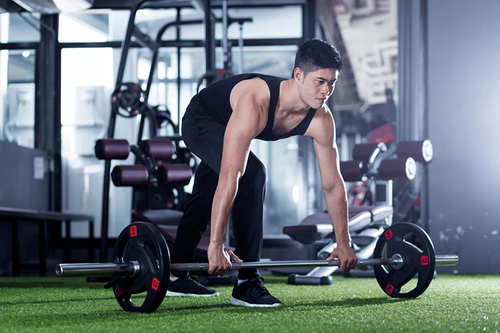
Nên tập cơ bắp ít nhất hai ngày trên mỗi tuần
3. Hints for a good physical activity
In addition to at least 30 minutes of moderate-intensity exercise most days of the week, we should also do endurance training to strengthen our muscles twice a week. But some exercise, even a little, is better than no exercise, especially in very sedentary people.Here are some suggestions to get you more physically active in a day:
Go further : walking from the furthest corner of the garage to work will help you burn some low calories. Instead of using the elevator, you can try the stairs, of course, can not apply it on the day you are late for work.
Walk to the next stop : If you take the bus, don't wait at the nearest stop, get off at the nearest stop to where you are going and walk the rest of the way.
Loose suspension: on a bus or train, instead of sitting, stand and don't hold it too tight. You'll improve your sense of balance and build your "core" abs and back.
Get the pace: Swinging your arms as you walk will help you reach a brisk pace of 5 to 6 kilometers per hour which is the healthiest.
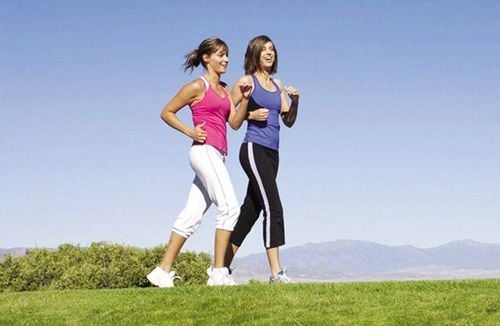
Vừa đi bộ vừa nói chuyện giúp hoạt động thể chất hiệu quả hơn
Walking while watching: You are cheering for an amateur football game, instead of sitting in one place, walk around the field many times.
Walk high: Maintaining good posture - chest up, shoulders square but relaxed, abs pulled - will help keep your back and abs in shape. Plus, you'll look a lot healthier if you're not thin
Find someone with similar interests to exercise and exercise together
Run with a pet: jogging with your dog will make you forget about fatigue .
Dancing: this is also a very good way to exercise your health. Dancing can get your heart working and balance out. At the same time, dance classes tend to have lower dropout rates than gyms.
Clean the house yourself instead of hiring help
Limit the use of the remote control and instead go where it is located and adjust.
Go swimming somewhere . Swimming is a great exercise if you have arthritis because the water supports your weight, reducing the load on your joints. The humid air around the pool sometimes makes breathing more comfortable for people with lung problems.
Walk by the beach . Even people who can't or don't like to swim can get a good workout by walking in the water. Try a brisk walk, and you'll get cardiovascular benefits. Walking in the water is a great way to rehabilitate if you're recovering from injury and certain types of surgery because the water acts as a locator, keeping you up.
Do not use email at the office: If there is no urgent matter, then instead of sending a letter, get up from your chair and go directly to that person to discuss.
Plant a small garden at home: Just for you to be busy taking care of, and have green food for the whole family to enjoy
Climbing the stairs: Instead of asking your child to hold something upstairs or downstairs home, go get it yourself. Stair climbing is good for your legs and knees, and your heart health will benefit from a slight stretch. The glutes get a gentle workout if you can climb two stairs at once. You can give your calf muscles a little stretch by placing the ball of your foot up the stairs and lowering your heels.
Please follow the website ( www.vinmec.com ) for more information on health care instructions, which we will update regularly.
Please dial HOTLINE for more information or register for an appointment HERE. Download MyVinmec app to make appointments faster and to manage your bookings easily.
References: mana.md, betterhealth.vic.gov.au, heart.org



